Pindo Palm Fertilizer Needs – Learn How To Feed A Pindo Palm Tree
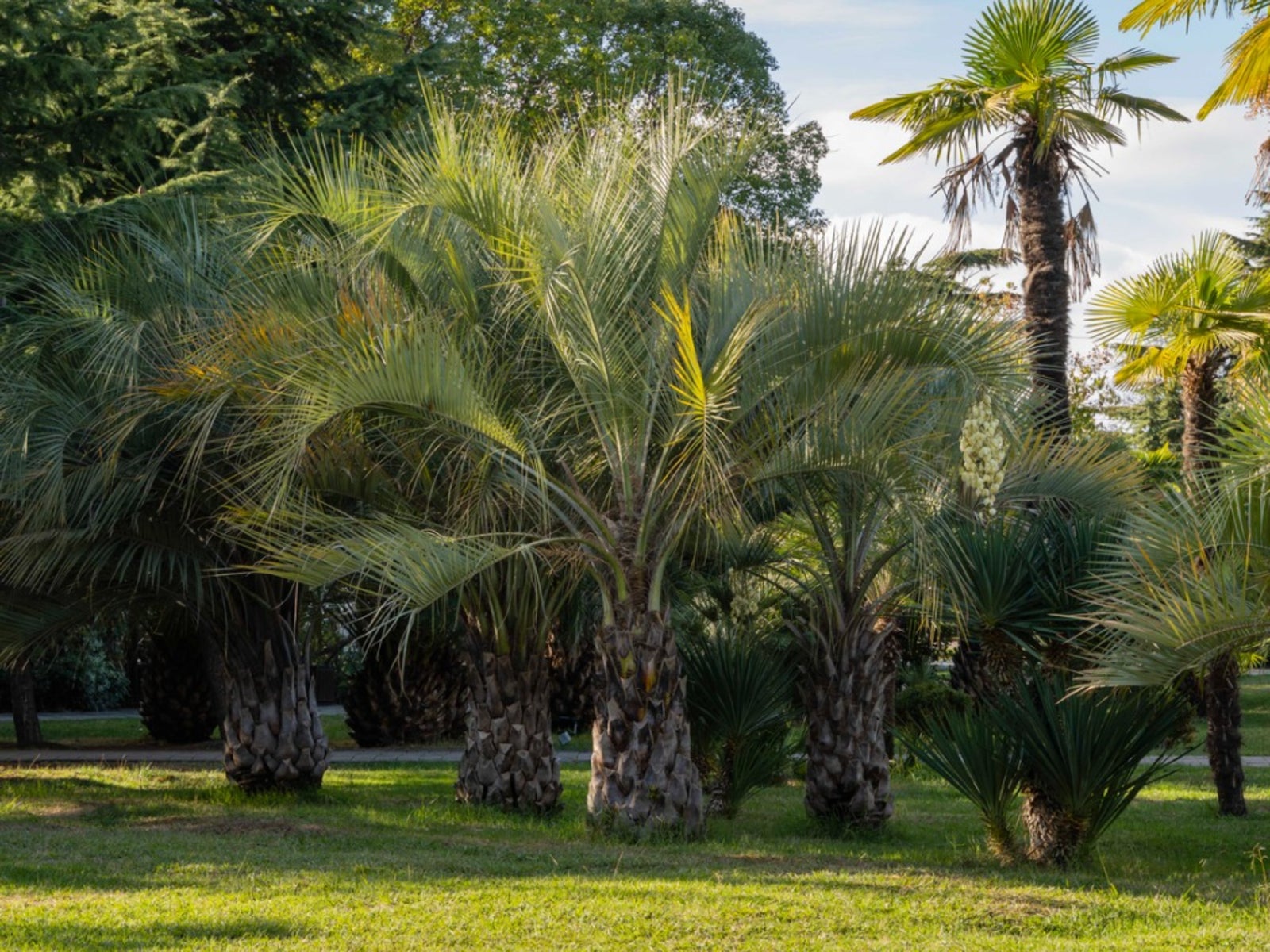

Pindo palms, also commonly known as jelly palms, are popular trees, especially in public landscapes. Famous for their cold hardiness (down to USDA zone 8b) and slow, low growth rate, the trees can often be found in highway medians, courtyards, and parks up and down the West Coast. They can also frequently be found in backyards and home landscapes. But these homeowners and gardeners may find themselves wondering: how much fertilizer does a pindo palm need? Keep reading to learn more about pindo palm fertilizer needs and how to feed a pindo palm tree.
How Much Fertilizer Does a Pindo Palm Need?
As a rule, palm trees do best with regular applications of fertilizer, and pindo palm fertilizer needs are no different. Sources vary a little bit, with some recommending monthly feedings, and others recommending less frequent feedings, only two or three times throughout the growing season. As long as you keep up a regular schedule, you should be fine. Fertilizing a pindo palm is only necessary during its growing season, when temperatures are high. The warmer your climate is, the longer this season will be, and the more times you will have to fertilize.
How to Feed a Pindo Palm Tree
When feeding pindo palms, it’s necessary to find the right fertilizer. Pindo palms do best with a fertilizer that is high in nitrogen and potassium (the first and third number on the label) but low in phosphorus (the second number). This means something like 15-5-15 or 8-4-12 would work well. It’s also possible to purchase fertilizers specially designed for palm trees, which are rich in micronutrients necessary for palm health. Pindo palms can often suffer from boron deficiency, which causes the tips of emerging leaves to bend up at a sharp angle. If you notice this deficiency, apply 2 to 4 ounces (56-122 g.) of sodium borate or boric acid every six months.
Gardening tips, videos, info and more delivered right to your inbox!
Sign up for the Gardening Know How newsletter today and receive a free copy of our e-book "How to Grow Delicious Tomatoes".

The only child of a horticulturist and an English teacher, Liz Baessler was destined to become a gardening editor. She has been with Gardening Know how since 2015, and a Senior Editor since 2020. She holds a BA in English from Brandeis University and an MA in English from the University of Geneva, Switzerland. After years of gardening in containers and community garden plots, she finally has a backyard of her own, which she is systematically filling with vegetables and flowers.
-
 Looking For Plants To Give You The Soft And Fuzzies? Try These 5 Fuzzy Leaf Plant Options
Looking For Plants To Give You The Soft And Fuzzies? Try These 5 Fuzzy Leaf Plant OptionsLovers of texture, drama, silver foliage and tactile plants will adore these special sensory garden additions. These fuzzy leaf plant options will leave you all aglow
By Susan Albert
-
 Get Ready For A Summer Of Hummers! Grow These Full Sun Hummingbird Plants and Flowers
Get Ready For A Summer Of Hummers! Grow These Full Sun Hummingbird Plants and FlowersIf you’re lucky enough to enjoy a sunny backyard, make sure you are maxing out on your pollinator opportunities and grow these full sun hummingbird plants and flowers
By Tonya Barnett
-
Common Pindo Palm Pests – How To Control Pests Of Pindo Palm Trees
Pindo palms are generally very healthy trees if planted appropriately. However, there are a few insect pests of pindo palm trees, including the palm leaf skeletonizer and scale insect. For more information on pindo palm pest problems, click here.
By Teo Spengler
-
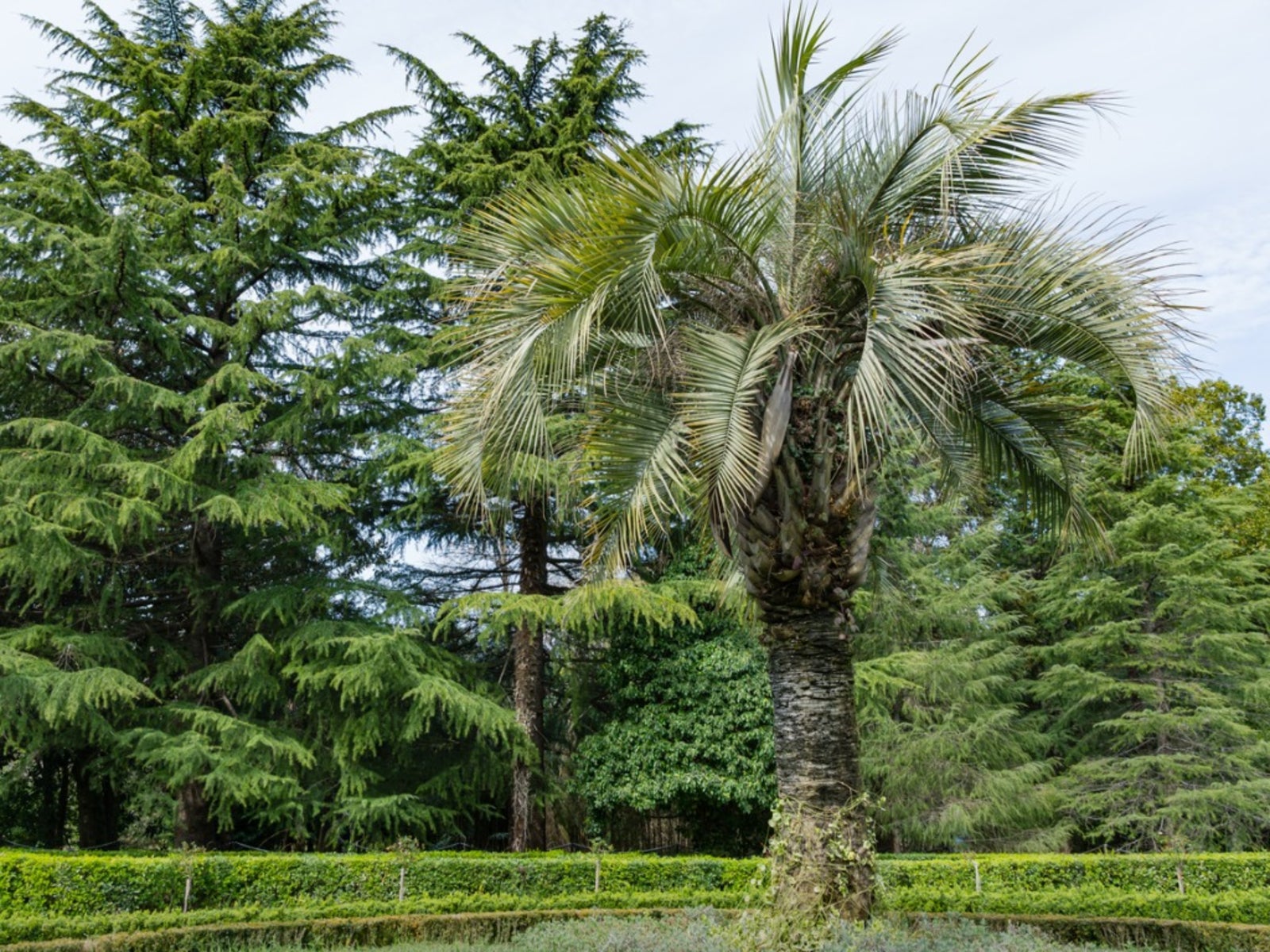 Is My Pindo Palm Dead – Treating Pindo Palm Freeze Damage
Is My Pindo Palm Dead – Treating Pindo Palm Freeze DamageCan I save my frosted pindo palm? Is my pindo palm dead? Even this tough palm can be damaged by a sudden cold snap. Click here and learn how to assess pindo palm frost damage. There’s a good chance the plant will rebound when temperatures rise in spring.
By Mary H. Dyer
-
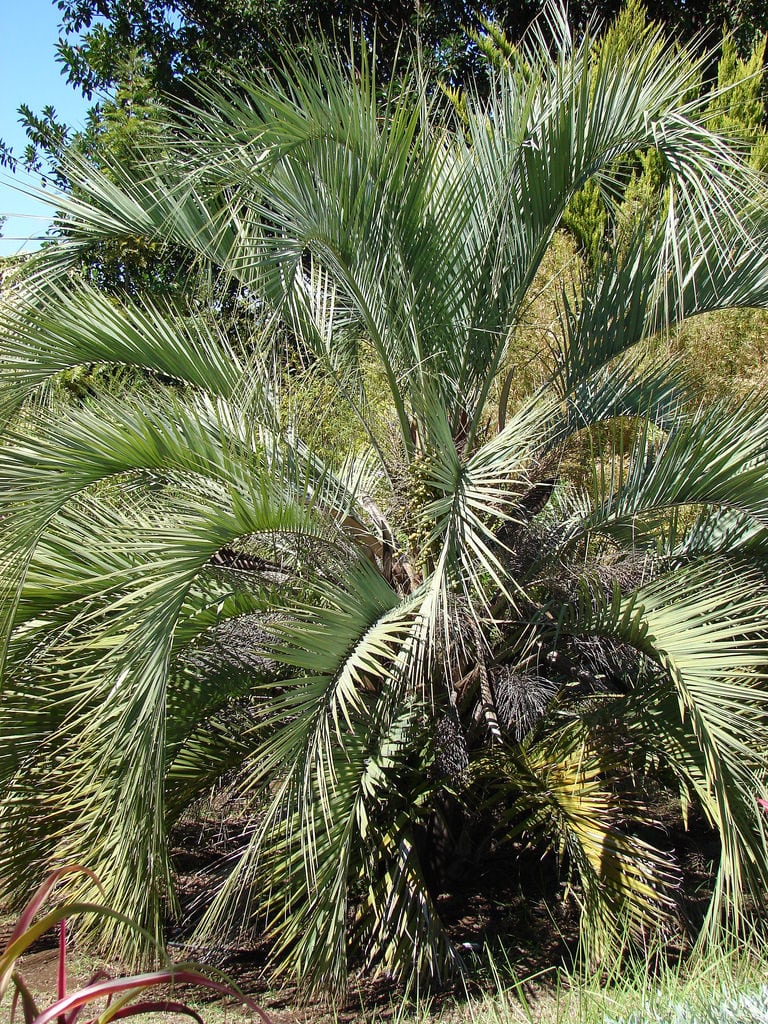 Pindo Palm Cold Hardiness – Can Pindo Palms Grow Outdoors In Winter
Pindo Palm Cold Hardiness – Can Pindo Palms Grow Outdoors In WinterYou may live where winter means sub-freezing temperatures and still be able grow pindo palm trees. It's possible for them to survive in your part of the world, but only with proper winter protection. For pindo palms, it's an ongoing process, and this article can help.
By Gardening Know How
-
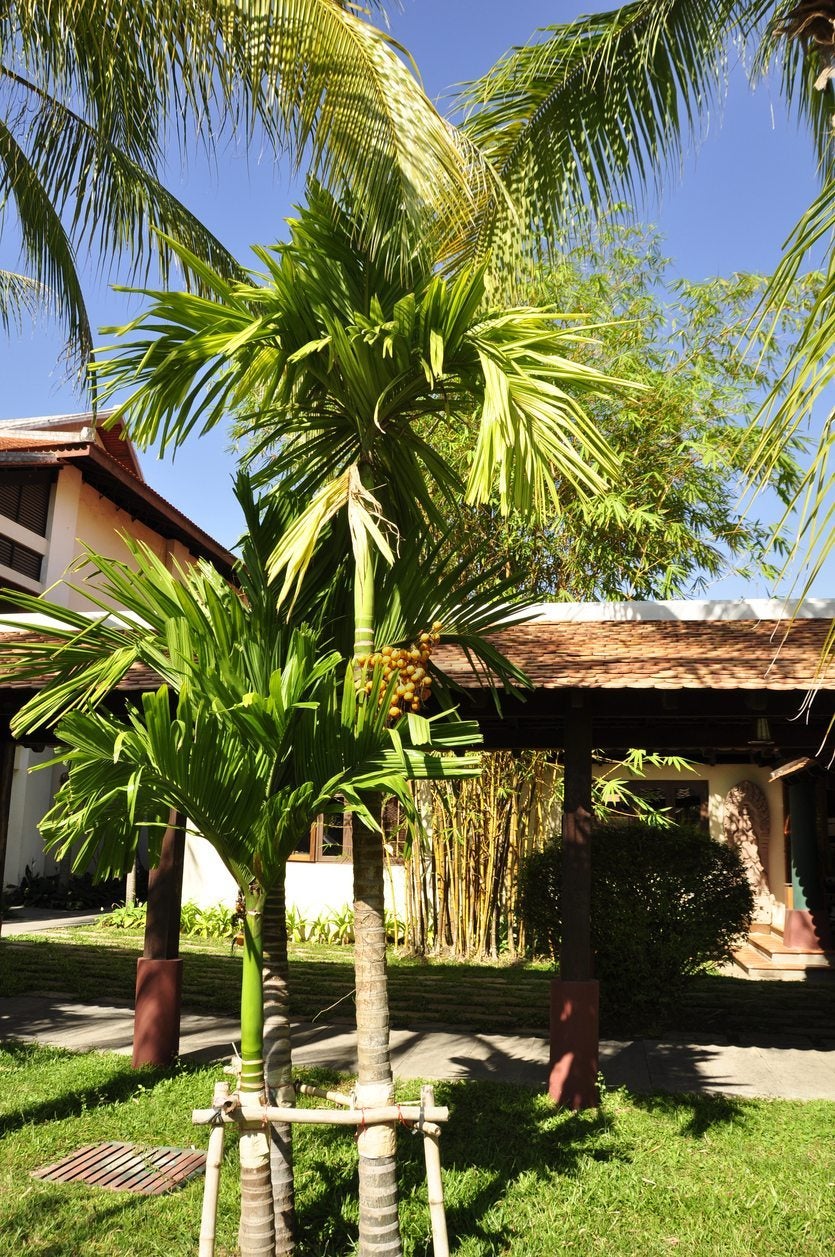 Pindo Palm Disease Info: Learn How To Treat Sick Pindo Palm Trees
Pindo Palm Disease Info: Learn How To Treat Sick Pindo Palm TreesPindo palm trees suffer from nutritional deficiencies but fungus or occasional bacteria are usually the causes of diseased pindo palm plants. Click this article for more information on pindo palm disease and what to do for prevention and control.
By Bonnie L. Grant
-
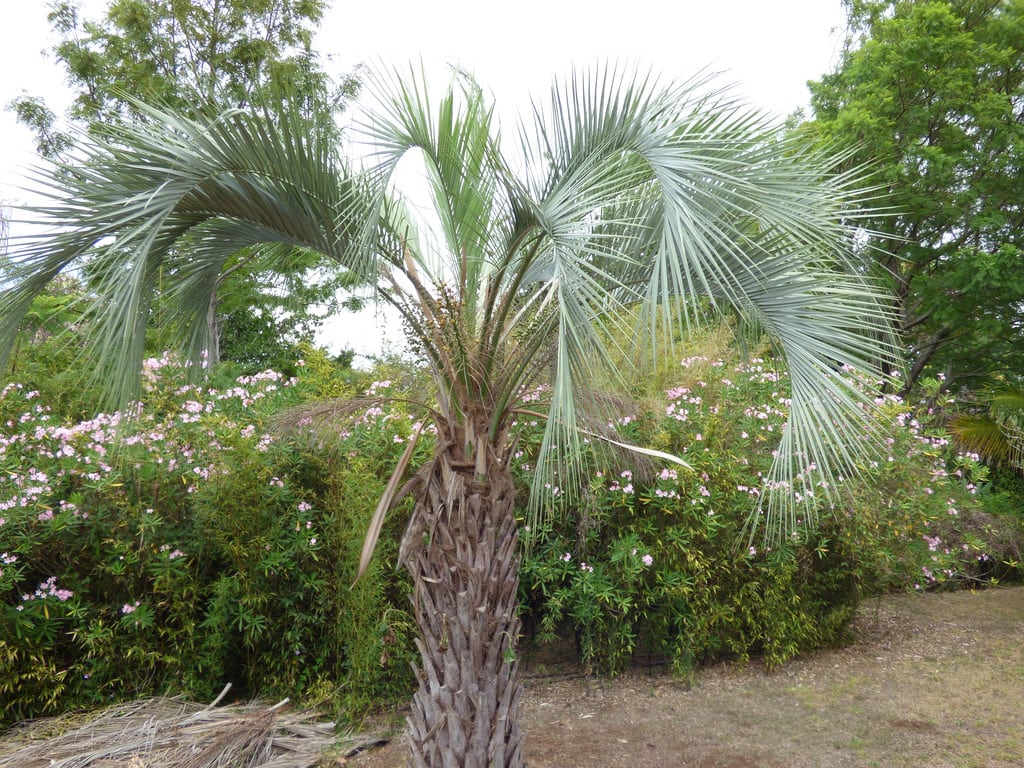 Pindo Palm Issues: Common Problems With Pindo Palms
Pindo Palm Issues: Common Problems With Pindo PalmsEven though they tolerate cold, you might still have issues with a pindo palm. Problems with pindo palms may be insect or disease related - or both. The following article contains information on common pindo palm problems and how to manage pindo palm issues.
By Amy Grant
-
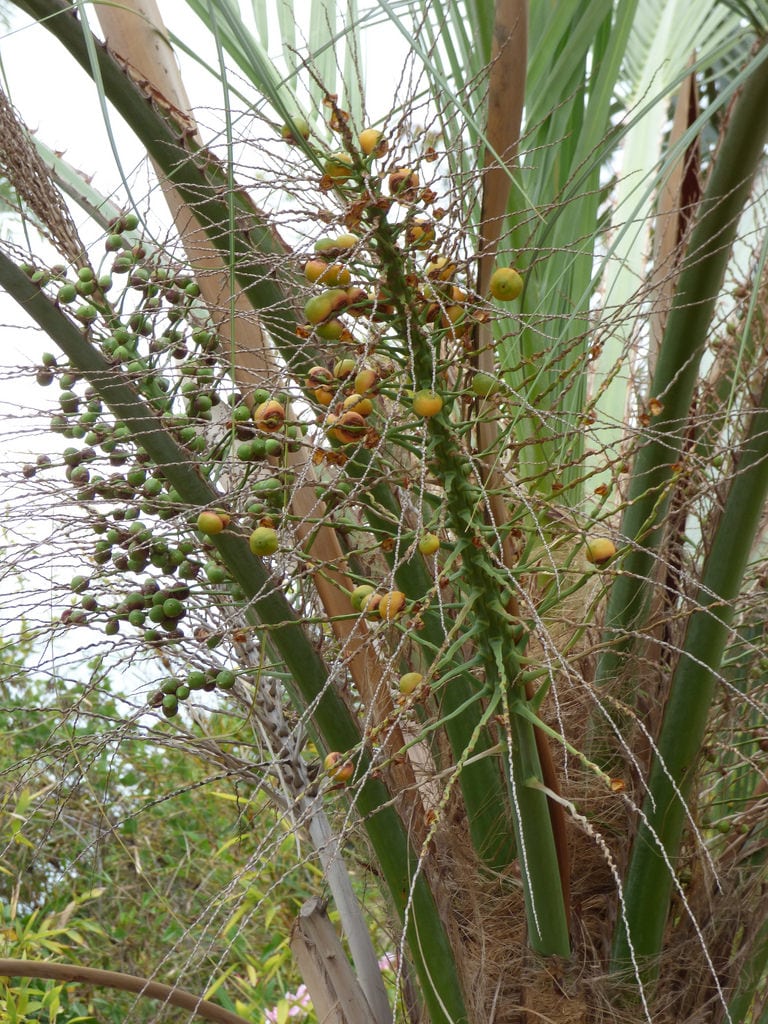 Pindo Palm Propagation: Learn About Propagating Pindo Palms
Pindo Palm Propagation: Learn About Propagating Pindo PalmsGerminating pindo palm seeds requires some patience and know how to get the process correct and achieve a baby palm. The following article outlines how to propagate a pindo palm with the steps needed for success. Click here to learn more.
By Bonnie L. Grant
-
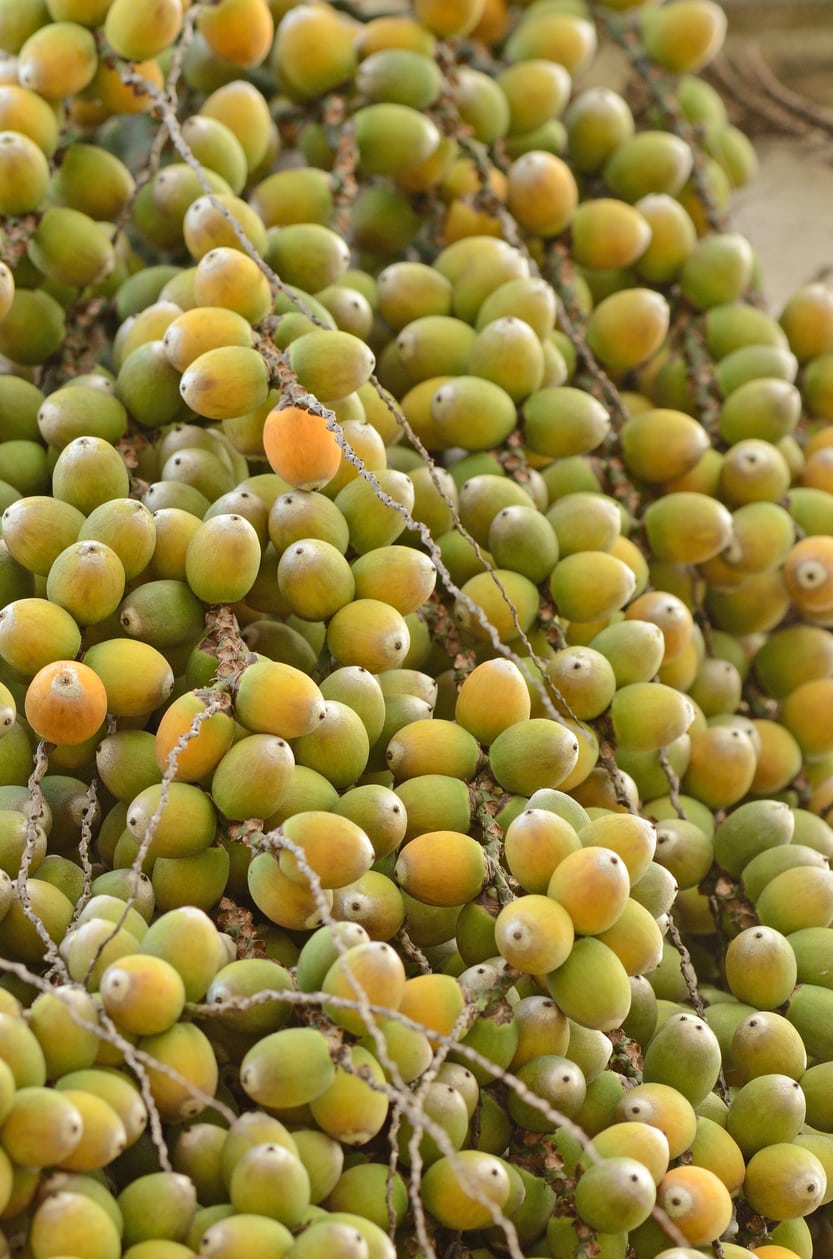 Jelly Palm Fruit Uses – Is The Fruit Of The Pindo Palm Edible
Jelly Palm Fruit Uses – Is The Fruit Of The Pindo Palm EdibleGrown both as an ornamental and for its tolerance to the hot, dry climate, pindo palm (jelly palm) trees bear fruit too, but the question is, "Can you eat pindo palm fruit?" Click this article to find out if the fruit of the pindo palm is edible and jelly palm fruit uses, if any.
By Amy Grant
-
 Caring For Pindo In A Container: How To Grow A Pindo Palm In A Pot
Caring For Pindo In A Container: How To Grow A Pindo Palm In A PotIt's easy and convenient to grow pindo palm in a pot or container since these palms grow very slowly. For more information about pindo in a container and the growth requirements for container grown pindo palms, this article will help.
By Teo Spengler